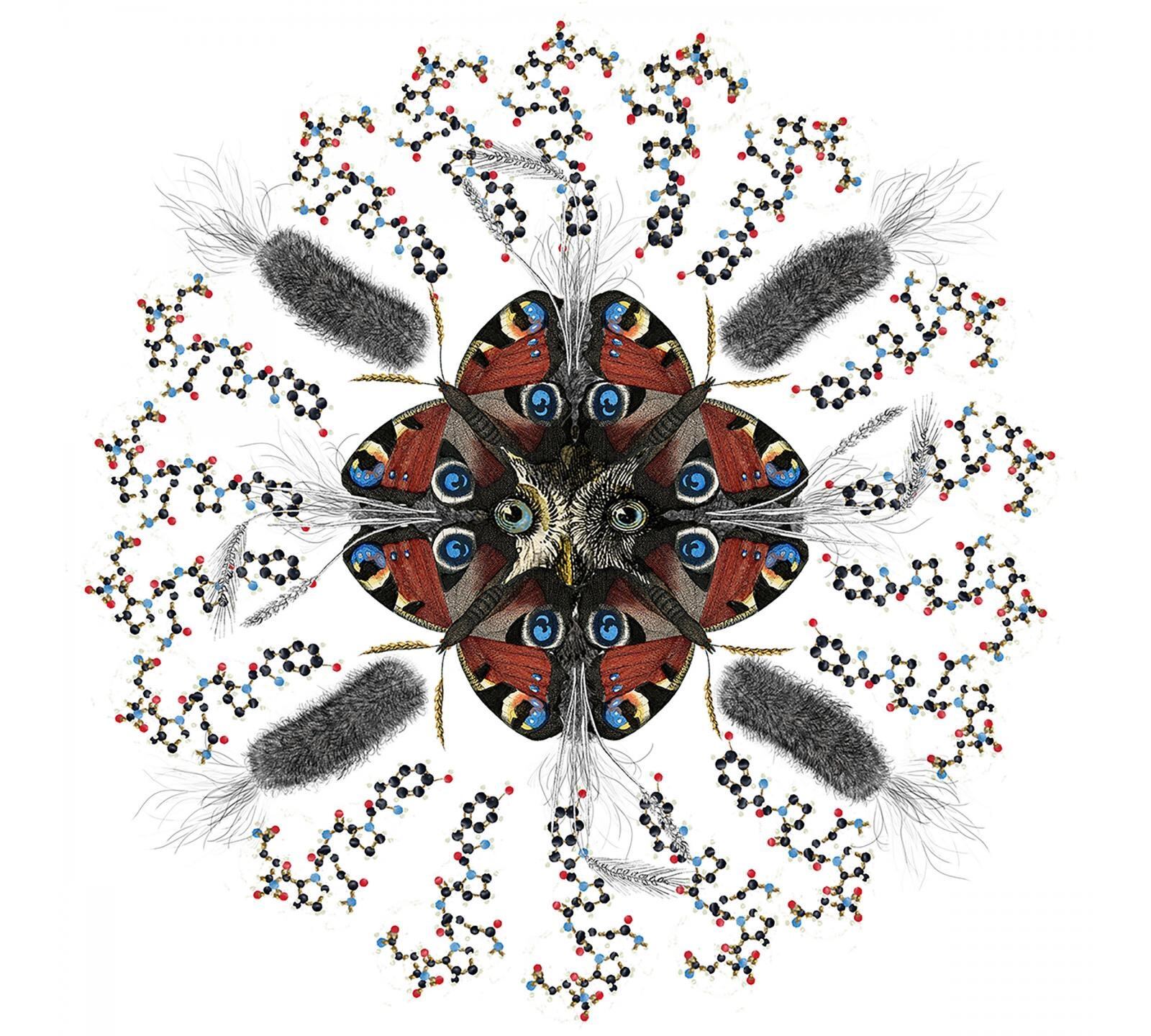The analysis of antibody tests on 18 asymptomatic celiac patients who reported good or excellent gluten-free dietary practices found that some had ingested measurable amounts of gluten in the 10 days before biopsy.
"We found 25 food samples [of the 313 food samples tested] with detectable gluten and 40% of these samples contained >20 ppm," Dr Jocelyn A. Silvester, lead researcher and paediatrician at Boston Children’s Hospital and Harvard Medical School in the US, told BakeryandSnacks.
For seven days, participants from the Manitoba Celiac Disease Inception Cohort study allowed testing on a representative 25% portion of the foods they ate, including sauces, dressings, and flavoured drinks, but excluding naturally gluten-free whole foods, such as fruits, vegetables and wine.
Tests of food samples from nine participants found that 40% of the foods tested contained detectable gluten over 20 ppm (parts per million), the typical limit of gluten in foods that can bear the label ‘gluten-free’.
In excretory assays, gluten immunogenic peptides were detectable in 30 of 519 (6%) samples from eight participants, and in eight of 75 (11%) stool samples from five participants.
Celiac disease is no joke
Celiac disease (CD) is caused by an abnormal reaction of the immune system to gluten, a protein that occurs naturally in grains such as wheat, rye, barley and oats and therefore typically found in bread, pastries and cakes.
Immune system cells, known as T cells, regard gluten as a foreign substance and initiate action against it.
In patients with CD, activation of these T cells leads to an inflammatory response in the small intestine that causes symptoms ranging from bloating to diarrhoea. If left untreated, the disease can cause serious issues including malnutrition, osteoporosis, depression and infertility, along with a small increased risk of certain forms of cancer, such as lymphoma of the small bowel.
Currently, the only way to manage the CD is to follow a strict gluten-free diet.
According to Dr Silvester, the study - published in Gastroenterology - indicates that following a “completely gluten-free diet may be more aspirational than achievable, even by highly committed and knowledgeable individuals.”
She added celiac sufferers would likely benefit from treatments other than simply following the gluten-free diet.
Bacterial link to celiac disease

Luckily, Australian researchers have found that exposure to certain bacteria could be a potential risk factor in developing celiac disease.
It’s widely known that environmental factors can trigger the autoimmune disease in those with a genetic predisposition to it.
Now, scientists from the Monash Biomedicine Discovery Institute (BDI) and ARC Centre of Excellence in Advanced Molecular Imaging have mapped out a molecular foundation that confirms there could be a bacterial link.
Co-lead researcher Dr Hugh Reid said the study found receptors isolated from immune T cells from celiac disease patients recognise protein fragments from certain bacteria that mimic fragments from gluten.
“In celiac disease, you get aberrant reactivity to gluten and we have provided a proof-of-principle that there’s a link between gluten proteins and proteins that are found in some bacteria,” he said.
“That is, it’s possible that the immune system reacts to the bacterial proteins in a normal immune response and, in so doing, develops a reaction to gluten proteins because, to the immune system, they look indistinguishable – like a mimic.”
The findings – published in Nature Structural and Molecular Biology – could eventually lead to different therapeutic approaches to celiac disease.
Studies:
Most patients with celiac disease on gluten-free diets consume measurable amounts of gluten
Authors: Jocelyn A. Silvester, Isabel Comino, Ciarán P. Kelly, et al (DOGGIE BAG Study Group)
Gastroenterology (2019 Dec 19) pii: S0016-5085(19)41945-8
doi: 10.1053/j.gastro.2019.12.016
T cell receptor cross-reactivity between gliadin and bacterial peptides in celiac disease
Authors: Hugh H. Reid, Jan Petersen, Laura Ciacchi, et al
Nature Structural & Molecular Biology, volume 27, pages 49-61(2020)




